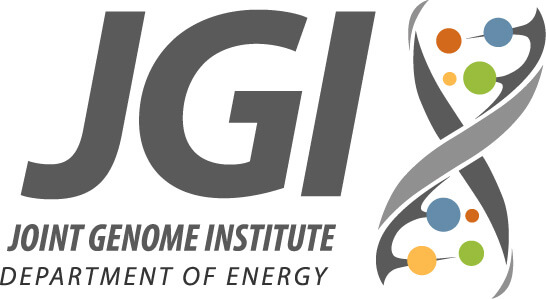The emergence and spread of the COVID-19, which was declared a Public Health Emergency in the United States on January 31, 2020, has catalyzed significant activity by Federal, state, and local governments; the healthcare community; residents across the United States; and people around the world.
The National Biodefense Strategy is the nation’s plan for ensuring that the country is prepared for, responding to, and recovering from health incidents such as these. As a partner in the Strategy, the Department of Energy (DOE) contributes science and technology to support these efforts.
Through its user facilities, computational power, and enabling infrastructure, DOE has unique capabilities that the scientific community may leverage for the COVID-19 response and recovery. DOE does not provide medical and clinical work; instead, the Department’s mission complements the efforts of the National Institutes of Health, the Department of Defense, and other Federal partners by helping to understand the scientific phenomena contributing to COVID-19, from the structure of the SARS-CoV-2 virus, which causes the disease, to models that can mimic its spread.
DOE supports significant biologically focused facilities and resources, including the Joint Genome Institute (JGI), National Microbiome Data Collaborative (NMDC), Environmental Molecular Science Laboratory (EMSL), and DOE Systems Biology Knowledgebase (KBase ). These and other DOE resources may be used for many studies, such as:
• Developing high-throughput multiplex technologies to characterize virus-host interactions, determine phage resistance mechanisms in nature, identify the degree of specificity for each bacterial resistance mechanisms across diverse phage types, and understand the coevolution of hosts and their phages, which can ultimately be used to design better phage therapeutic treatments and tools for precision microbiome engineering;
• Improved modeling for understanding natural viral populations and persistence in the environment, as well as predictive modeling for viral stability and evolution in changing environmental conditions;
• Understanding virus-microbiome community composition, function, and evolution;
• Synthetic biology of key target viral proteins to rapidly develop improved vaccines or therapeutics; and
• Synthetic biology to construct viral genome variants and test viral stability, persistence, and resilience in the environment.
Cryo-electron microscopy (Cryo-EM) at the DOE National Labs can provide high resolution molecular structure of virus particles and their interactions with other macromolecules including antibodies and drug candidates at cryogenic temperatures. These instruments provide another window to characterize viruses and provide insights on treatment paths.
Protein characterization at DOE’s light sources and neutron sources can yield key insights into the relationship between structure and function of the proteins comprising viruses. Macromolecular crystallography (MX) provides the positions to atomic resolution of a protein’s atoms, as well as the atoms of a bound drug or drug fragment that has been infused into the protein crystal for screening potential pharmaceuticals. This critical information can guide development of a potent drug with minimal side effects.
MX can also provide the evolution of structures with time to understand drug binding or metabolism. X-ray solution scattering can provide rapid screening of drug fragment libraries to detect binding to proteins. Fragments that bind and cause protein conformational change are targets for further investigated at high resolution with MX. DOE’s user facilities also have special capabilities for characterization of small (nanometers in size) crystals. The Nanoscale Science Research Centers, located at five of the National Laboratories, could be valuable resources for developing intrinsically antiviral surfaces and materials for COVID-19 and other viruses. Supercomputing facilities at DOE offer some of the most powerful resources for scientific computing in the world.
The Argonne Leadership Computing Facility (ALCF), Oak Ridge Leadership Computing Facility (OLCF), and National Energy Research Scientific Computing Center (NERSC) may be used for modeling and simulation coupled with machine and deep learning techniques to study a range of areas, including examining underlying protein structure, classifying the evolution of the virus, understanding mutation, uncovering important differences and similarities with the 2002-2003 SARS virus, searching for potential vaccine and antiviral compounds, and simulating the spread of COVID-19 and the effectiveness of countermeasure options.
